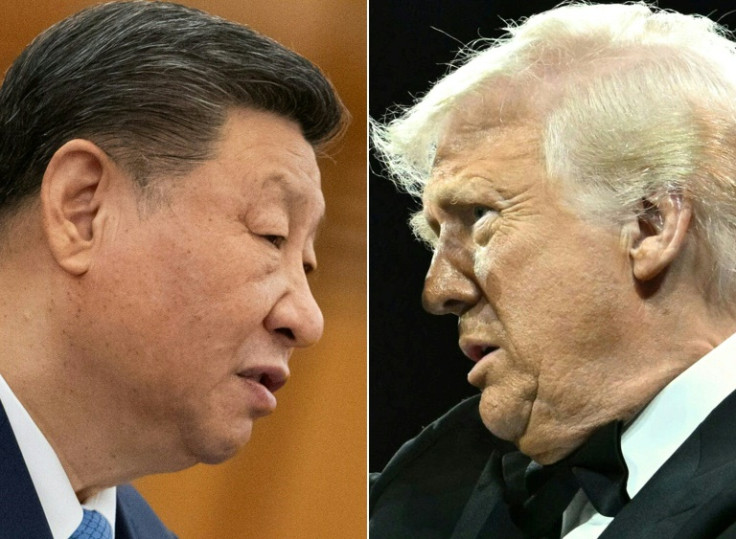Not Quite A Victory Lap: Rethinking The US–China Trade Agreement

The newly announced trade deal between the United States and China is being described as a breakthrough moment in what has been a rocky and prolonged economic standoff. Both sides are scaling back tariffs and promising a more stable trading relationship. But look a little deeper, and the picture becomes less about resolution—and more about damage control.
This agreement isn't the end of a conflict. It's more like a timeout.
Tariffs Rolled Back, But Still High
One of the headline changes is that U.S. tariffs on Chinese goods are being lowered to 55%, while China has agreed to reduce its own import duties to around 10%. While these are improvements compared to the highs seen during the peak of the trade war, they're still steep by historical standards.
As reported by CNBC, the long-term consequences of earlier tariff hikes—including supply chain disruption and sourcing shifts—have already reshaped how U.S. companies operate. Many manufacturers have moved operations to countries like Vietnam, Mexico or India. The latest deal doesn't undo that shift, and many industry analysts argue it likely won't.
The Rare-Earth Factor: Strategic Access or Strategic Risk?
A central pillar of the agreement is China's pledge to expand exports of rare-earth elements—critical materials used in electric vehicles, wind turbines, and most modern electronics.
On the surface, this appears to be a major win for the U.S., which has been grappling with access to these minerals due to export restrictions and a lack of domestic processing capability. But the deal also underscores just how dependent the U.S. remains on China for these resources.
According to a report by The Australian, China's decision to allow rare-earth exports comes with no long-term guarantees and no change in control over the global supply chain. In effect, the U.S. is securing short-term access without reducing its strategic vulnerability.
No Real Fix for the Structural Divide
What this agreement does not include is just as important as what it does:
- No binding framework on intellectual property protection
- No enforcement mechanism for subsidy transparency
- No tariff freeze beyond the next 90 days
This lack of structural depth raises questions about the durability of the deal. As reported by Finance Magnates, many economists see the announcement as a political maneuver designed to calm markets ahead of further negotiations, rather than a resolution to long-standing economic tensions.
What It Means for Businesses and Consumers
For American consumers, this deal might bring a modest reprieve from price hikes on certain imported goods—especially electronics, tools, and industrial inputs.
For businesses, the effects are more nuanced. Companies that rely on Chinese components could benefit from reduced tariffs, but the continued volatility and short time horizon (tariffs are up for reassessment in 90 days) mean long-term planning is still risky.
Supply chain diversification efforts that began during the height of the trade conflict are unlikely to reverse. Instead, many firms may continue sourcing from alternative markets to hedge against future uncertainty.
Final Word: A Deal, Yes—But Not a Resolution
This deal represents a cooling-off period, not a cure. It de-escalates tensions and offers temporary relief, but leaves the deeper economic rifts between the U.S. and China unresolved.
With additional trade discussions scheduled with India and the EU in July, and tariff reviews just weeks away, this agreement is best seen as a fragile pause—not a permanent peace.
© Copyright IBTimes 2025. All rights reserved.





















